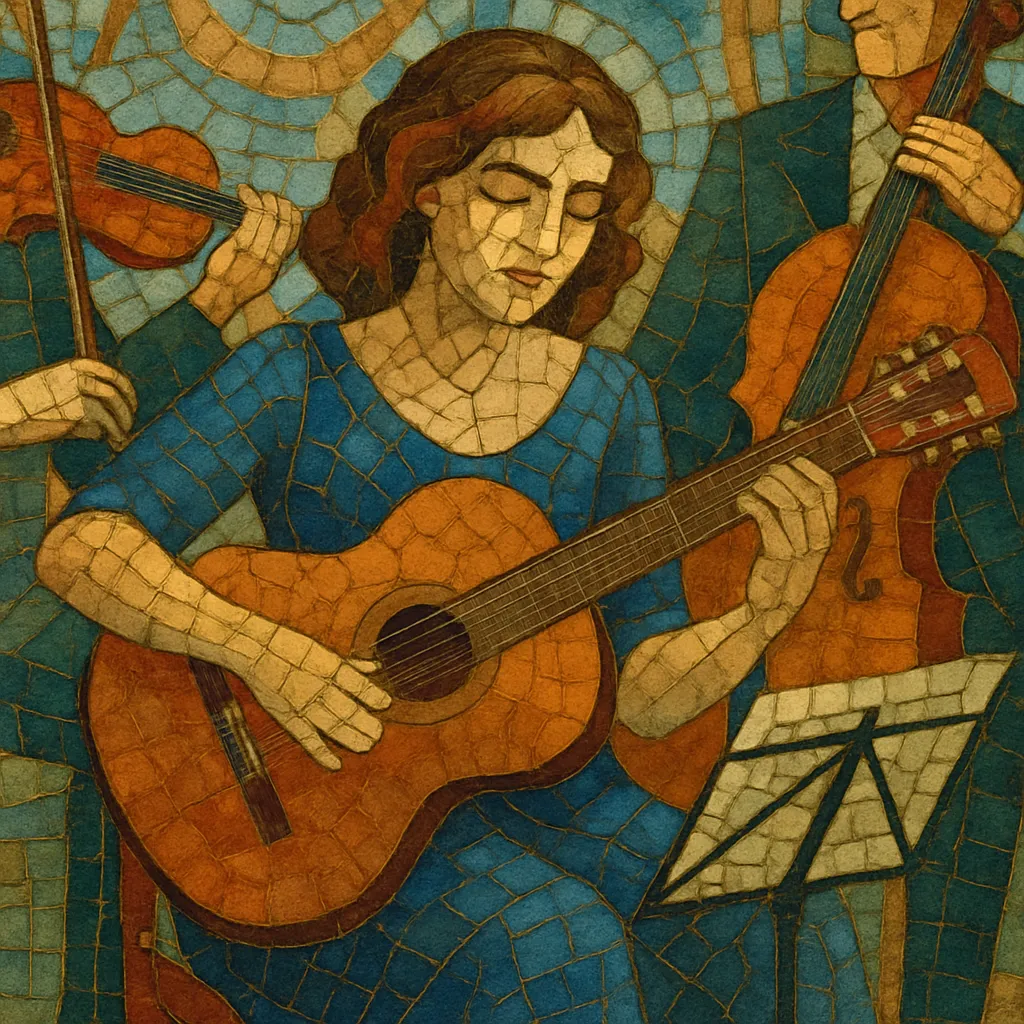Chamber pop is a style of pop that integrates small-ensemble, orchestral colors—strings, woodwinds, brass, harp, and occasionally harpsichord—into intimate, melodically driven songwriting.
It favors sophisticated harmony, counterpoint, and meticulous arrangements over rock bombast, drawing on the poise of classical chamber music and the tunefulness of classic pop. The result is lush yet restrained: gentle dynamics, carefully layered timbres, and literate, often reflective lyrics that foreground storytelling and mood.
Chamber pop grew from the 1960s wave of orchestral and baroque pop, where artists brought strings, woodwinds, and elaborate harmonies into mainstream songwriting. Landmark inspirations include the Beach Boys’ studio craft, the Left Banke’s baroque textures, Scott Walker’s cinematic pop, and the orchestrations heard across 1960s easy listening and space‑age pop. In the 1980s, sophisti‑pop and certain singer‑songwriters sustained a taste for lush, urbane arrangements that would feed into the chamber aesthetic.
The term “chamber pop” crystallized in the 1990s indie milieu, especially in the UK and Ireland, to describe bands that revived 60s orchestral sensibilities with contemporary indie songwriting. The Divine Comedy, The High Llamas, Cardinal, Stereolab (on their more orchestral turns), and Belle and Sebastian foregrounded strings, woodwinds, and brass while prioritizing melody, arrangement, and literate lyrics. Production leaned toward warm, analog textures and careful mic’ing that emphasized intimacy rather than loudness.
In the 2000s, chamber pop broadened geographically and aesthetically. Artists such as Sufjan Stevens, Rufus Wainwright, Tindersticks, Owen Pallett, Andrew Bird, and The Magnetic Fields blended chamber instrumentation with folk, art pop, and subtle electronics. The sound influenced strands of indie folk and indietronica, while remaining a go‑to palette for songwriters seeking orchestral color without symphonic scale. Today, chamber pop persists as a craft‑driven approach within indie and art‑pop scenes, prized for its harmonic richness, narrative lyrics, and quiet grandeur.
Start with a pop song core (voice, piano or guitar), then orchestrate with a small ensemble: a string quartet (2 violins, viola, cello), single woodwinds (flute, clarinet, oboe), muted brass (flugelhorn, French horn), and occasional harp, celeste, or harpsichord. Use close mic’ing and soft dynamics to preserve intimacy. Favor acoustic timbres and warm, tape‑like saturation.
Employ extended and modal color: major 7ths, 9ths, borrowed chords, secondary dominants, and stepwise inner‑voice motion. Countermelodies and canonic entrances enrich refrains. Melodies should be singable and lyrical, often arching over sustained pedal tones or gently shifting bass lines.
Keep tempos moderate to leisurely; use brushed drums, light mallets, or subtle percussion (shakers, tambourine, timpani rolls). Consider through‑composed bridges, instrumental interludes, and codas that restate themes with new voicings. Avoid heavy backbeats; let phrasing and orchestration carry momentum.
Voice‑lead parts so lines interlock rather than stack in block chords. Give instruments conversational roles: a clarinet responds to the vocal, a cello counterlines the bass, violas fill inner harmony. Record in a dry‑to‑natural room, adding plate or chamber reverb sparingly for depth. Pan sections to mimic ensemble seating.
Write literate, character‑driven, or reflective texts—wry romance, memory, urban vignettes. Match imagery to orchestral colors (e.g., flutes for lightness, muted brass for nostalgia). Keep the vocal performance intimate, prioritizing diction and nuance over power.


